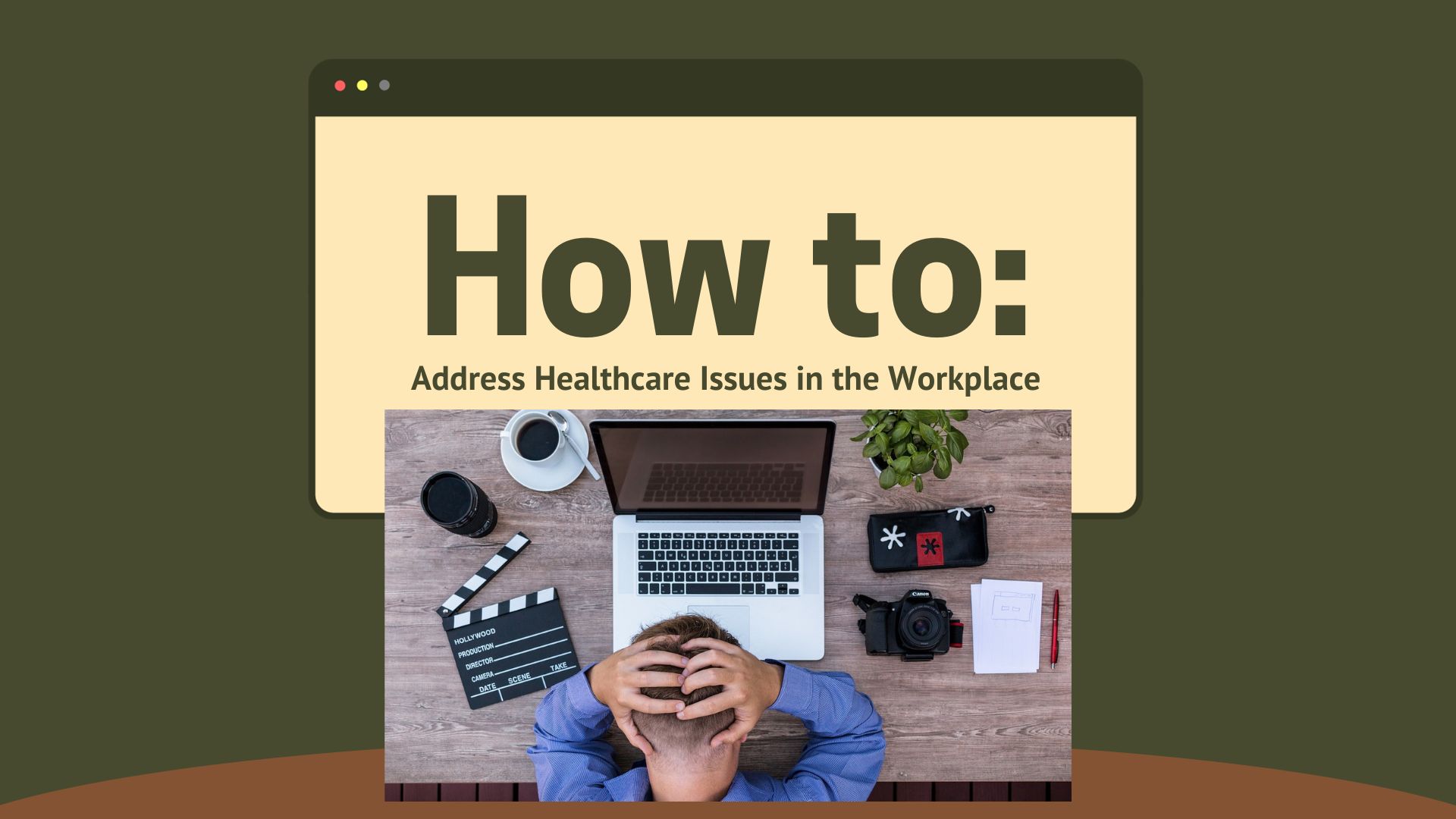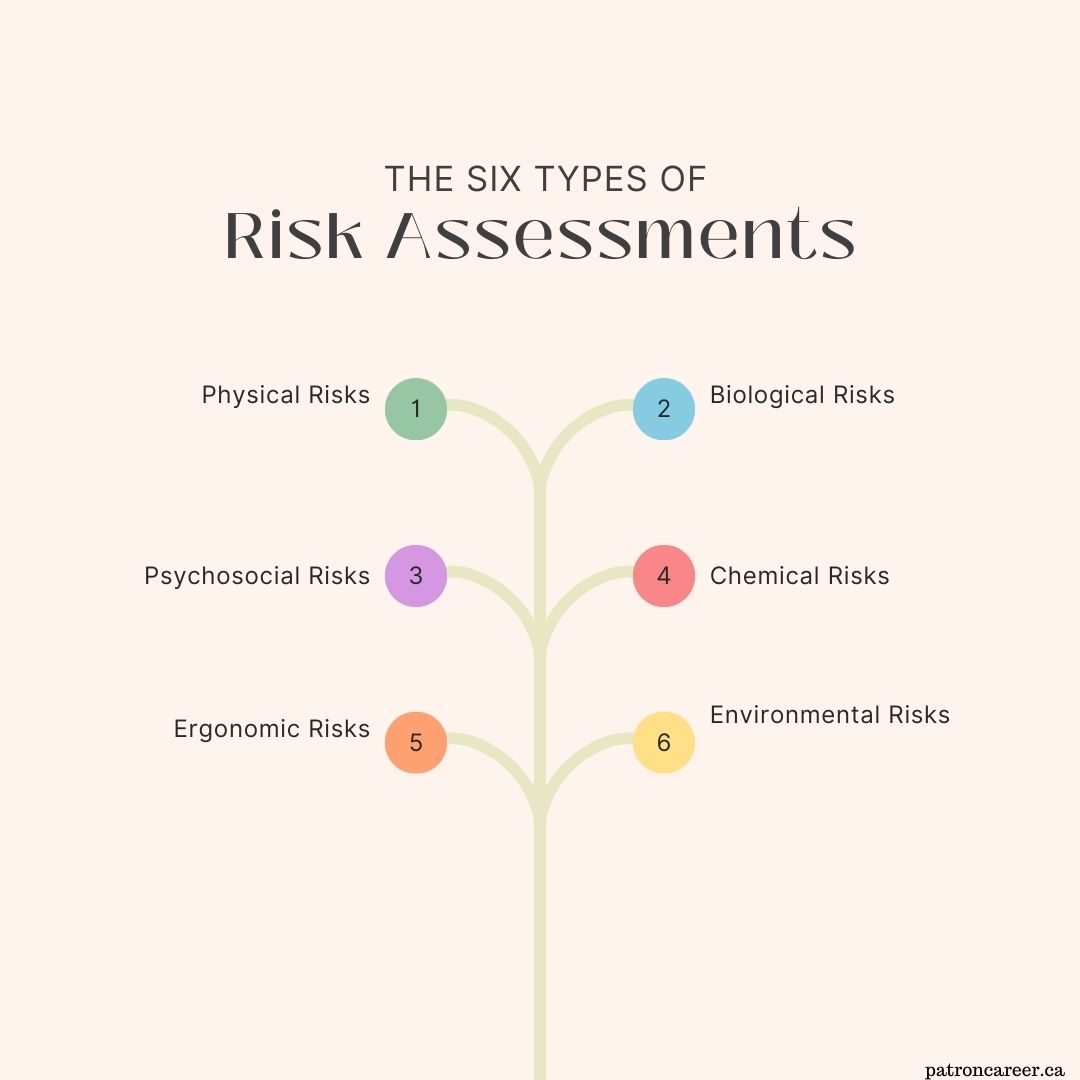
Job Search in Canada
05 October, 2023
Patron Career Staffing firmly believes in adopting a tailored approach to meet temporary and permanent recruitment needs. We safeguard the interest of our clients by finding such workers who are knowledgeable and reliable.
About UsNeed help? Make a Call
32 Dundas Street East Unit A, L5A1W2

ABSTRACT: Discover the keys to a safer, healthier workplace in our comprehensive guide on addressing healthcare issues and risks. Prioritize employee well-being, legal compliance, and increased productivity. Learn about risk assessments, including physical, biological, psychosocial, and chemical risks, and find out how to create a clear health and safety policy. Training, a culture of safety, protective measures, and mental health support are crucial steps. Encourage healthy lifestyles, provide regular health screenings, and prepare for emergencies. Emphasize continuous improvement to create a secure, productive, and successful work environment.
It is not off-the-wall to come across deplorable cases of human casualties- both body and mind in the world of work. What is saddening is the fact that non-sensitized workplaces fail to be the caregivers of their workforce leading to health issues and challenges amongst their employees.
It is critical to have a healthcare and precautionary methodical system in place to avert physical injuries and mental challenges. These have prolonged effects on the injured and his family, hence creating a safe and healthy work environment is highly important. To achieve this, employers first need to be proactive in identifying, addressing and diminishing these risks.
Through this blog, PCS aims to spread awareness about the -
Importance of Healthcare in the Workplace
Prudent employers know for a fact that investing in healthcare is not an expense when it comes to their employees. A highly secure workplace will yield improved productivity and motivation among employees. Especially in the informal sectors, where workers are prone to hazardous tools, resources and materials- protecting their bodily and mental health is a must for factory owners and management involved.
. Employee Well-being: The health and well-being of employees are paramount to the success of any organization. Employees who feel physically and mentally well are more likely to be engaged, productive, and loyal to their employers.
. Legal Compliance: Employers have a legal and ethical responsibility to provide a safe workplace. Non-compliance with health and safety regulations can lead to legal issues and penalties.
. Productivity: Health-related problems can result in absenteeism and decreased productivity. Addressing healthcare issues can help reduce the financial burden of employee absences.
. Employee Retention: A workplace that prioritizes employee health is more likely to attract and retain top talent. This can lead to reduced recruitment and training costs.

Steps to Mitigate Healthcare Issues and Risks in the Workplace
1. Conduct a Comprehensive Risk Assessment
The first and most crucial step in addressing healthcare issues and risks in the workplace is to conduct a thorough risk assessment. This involves identifying potential hazards and evaluating the likelihood and severity of these risks. These assessments should encompass various aspects, including physical, biological, psychosocial, chemical, ergonomic, and environmental risks. Regular inspections, surveys, and consultations with employees can help identify potential issues.

Go through our blog on Workplace Hazards , to get a clear reasoning of types of such perils.
2. Develop a Clear Health and Safety Policy
Once you've identified workplace risks, the next step is to create a complete health and safety policy. This policy should outline your organization's commitment to providing a safe and healthy work environment for all employees. Ensure that your policy complies with relevant laws and regulations, setting a clear standard for safety expectations. Talk with your colleagues, senior management and your employees to get their say.
3. Provide Adequate Training
Resources such as Training are essential to ensure that all employees are aware of and equipped to handle health and safety procedures. This includes emergency response training, proper use of safety equipment, and education on potential workplace hazards. Regular training sessions and updates are vital to keep employees informed and prepared.
Explore STAFF TRAINING METHODS, here!
4. Promote a Culture of Safety
To truly mitigate healthcare issues and risks, it's important to foster a culture of safety within your organization. Encourage employees to actively participate in creating a safer workplace by reporting safety concerns and suggesting improvements. Recognizing and rewarding safety-conscious behaviour can incentivize compliance with safety protocols.
5. Implement Protective Measures
Actively put in place safety measures to reduce the potential risks identified during your risk assessments. This may involve installing safety equipment, providing personal protective gear, and conducting regular maintenance checks to ensure that equipment and infrastructure remain safe. Note that without such safety resources in place, it might become difficult for you to implement your safety policy and protect the worker's lives.
6. Address Mental Health
In recent years, the importance of mental health in the workplace has gained significant attention. Addressing psychosocial risks is crucial. Promote mental health awareness by offering resources for managing stress, providing access to Employee Assistance Programs (EAPs), and conducting mental health training to reduce the stigma associated with mental health issues.
7. Encourage Healthy Lifestyle Choices
To prevent health-related problems, organizations can implement wellness programs that encourage employees to make healthy lifestyle choices. These programs may include initiatives for physical fitness, nutrition, and stress management. Promoting a healthier lifestyle can contribute to a safer and more productive workforce.
8. Regular Health Screenings
Employers can take proactive steps to monitor employee health by providing regular health check-ups. These screenings can detect potential health issues early, allowing for timely intervention and reducing the risk of serious health problems.
9. Emergency Response Planning
Develop and communicate clear emergency response procedures, ensuring that all employees are familiar with them. This includes establishing evacuation plans, first-aid training, and access to emergency contact information. Preparedness is crucial in minimizing the impact of unexpected incidents.
10. Continuous Improvement
Finally, it's essential to acknowledge that healthcare issues and risks evolve. Regularly review and update your health and safety policies to adapt to changing circumstances. In the event of incidents or near-misses, conduct thorough investigations and learn from past issues to prevent their recurrence. Continuous improvement is a fundamental aspect of maintaining a safe and healthy work environment.
Did you find this article helpful? Explore other blog posts on PCS.
Related: BEST HEALTH AND HYGIENE PRACTICES TO FOLLOW FOR FOOD HANDLERS
